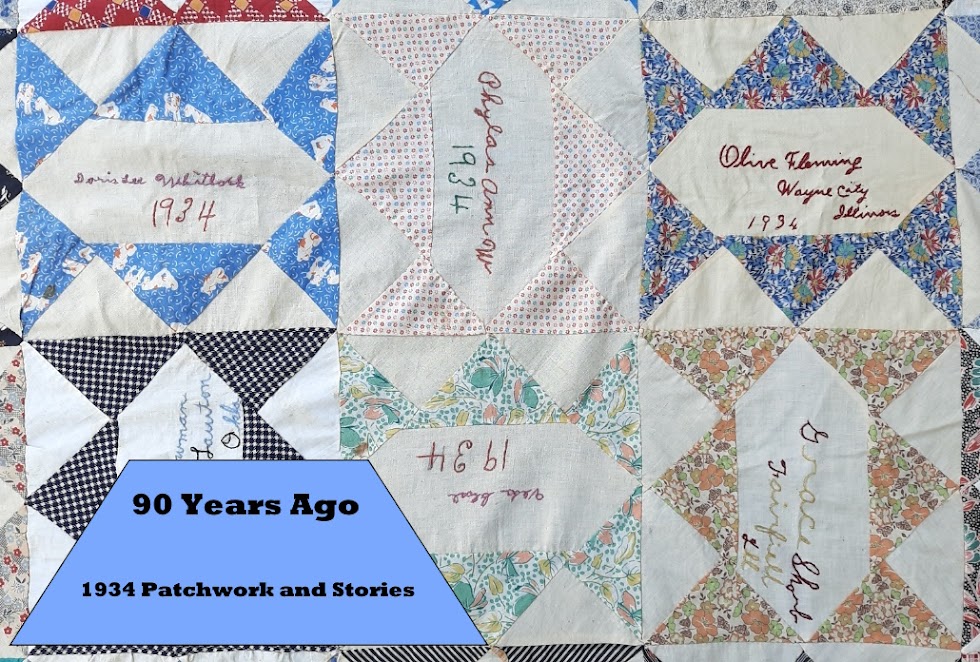.... or, a Texas Rose by any other name .....
Even if you have only just started to explore quilt history you will soon discover the difficulties of naming a quilt block. Names change over time. The same block can have different names depending on when and where it was made and the same name can be applied to different blocks.
 |
| Cactus Basket |
In her book "Old Patchwork Quilts and the Women Who Made Them" (1929), Ruth Finley states that this block dates pre 1800. Names are Cactus Basket, Desert Rose, Texas Rose and Texas Treasure.
In “One Hundred and One Patchwork Patterns” (1931) Ruby McKim calls the same block Flower Pot.
 |
| Cactus Basket 6 inch |
If you are going to make Cactus Basket you will find it has diamond shapes and Y seams. It's not difficult but it is a little more time consuming to make nicely. I use EQ7 to get a template for the diamond shape and then use a rotary cutter for the other pieces. I have looked online for a pattern but have been unable to find a free one, if you come across a source let me know and I will add it to this post.
Carole has told us that there is a free pattern for the Cactus Basket at Legend and Lace. In fact, there are plenty of free basket patterns there - definitely worth a visit.
Here's another option with no diamonds or Y seams - it's a Cactus Pot. It's much easier to make.
 |
| Cactus Pot 6 inch |
The block looks almost the same. It was first published in the Oklahoma Farmer Stockman magazine in January 1930 and all sources seem to agree on the name. I found some tutorials online too.
 |
| Cactus Pot 4 inch |
I have had a chance now to think about what direction this blog adventure will take. If all goes according to plan, there will be a pattern for a 1930s sampler quilt in 2017 based on Lena's 1937 Malaga quilt. If you don't like mystery and you do like detail you can wait and make a quilt next year.
However ...
If you like a bit of a mystery and don't mind if a block or two don't get included in the final project then please sew along with me and add some input to this 1930s quilty adventure.











